

| CANVAS OF PLANS & DRAWINGS |
INTERIOR & DÉCOR, but with a twist |
| HOTELS & RESTAURANTS, beyond mainstream |
Notes on ART |
| Into big AFFAIRS | INSIDERS |
| GLIMPSES | |
Keywords:

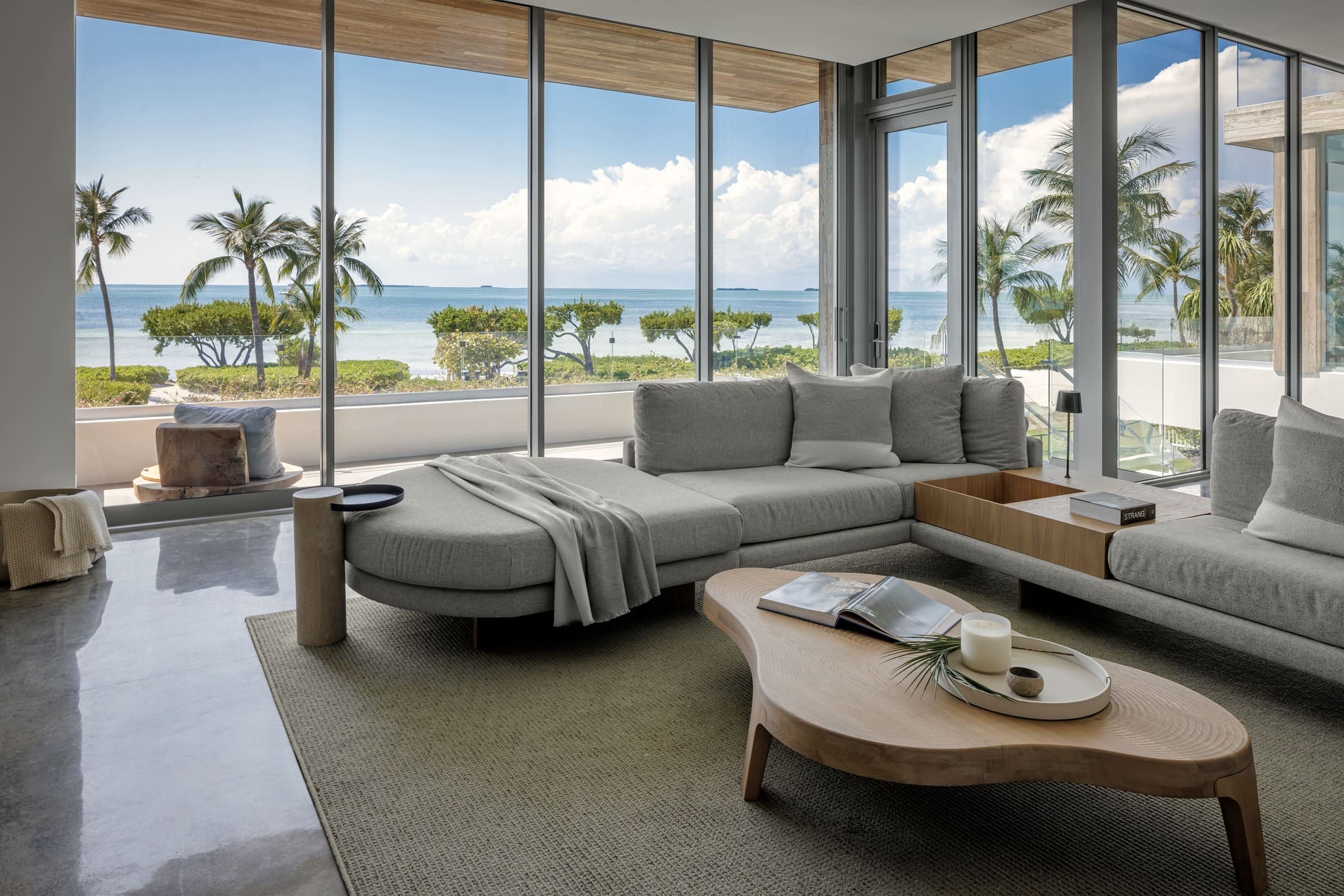
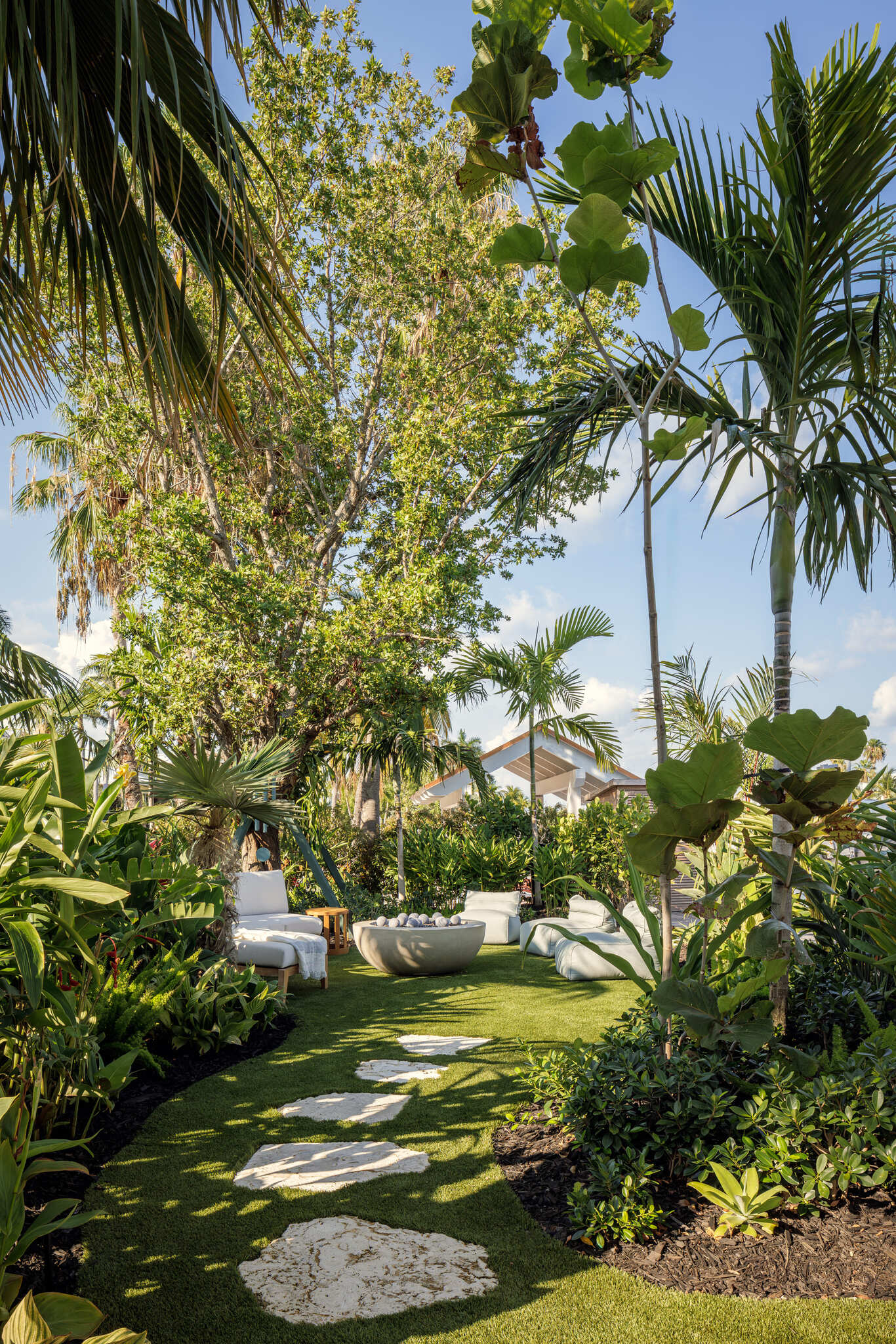
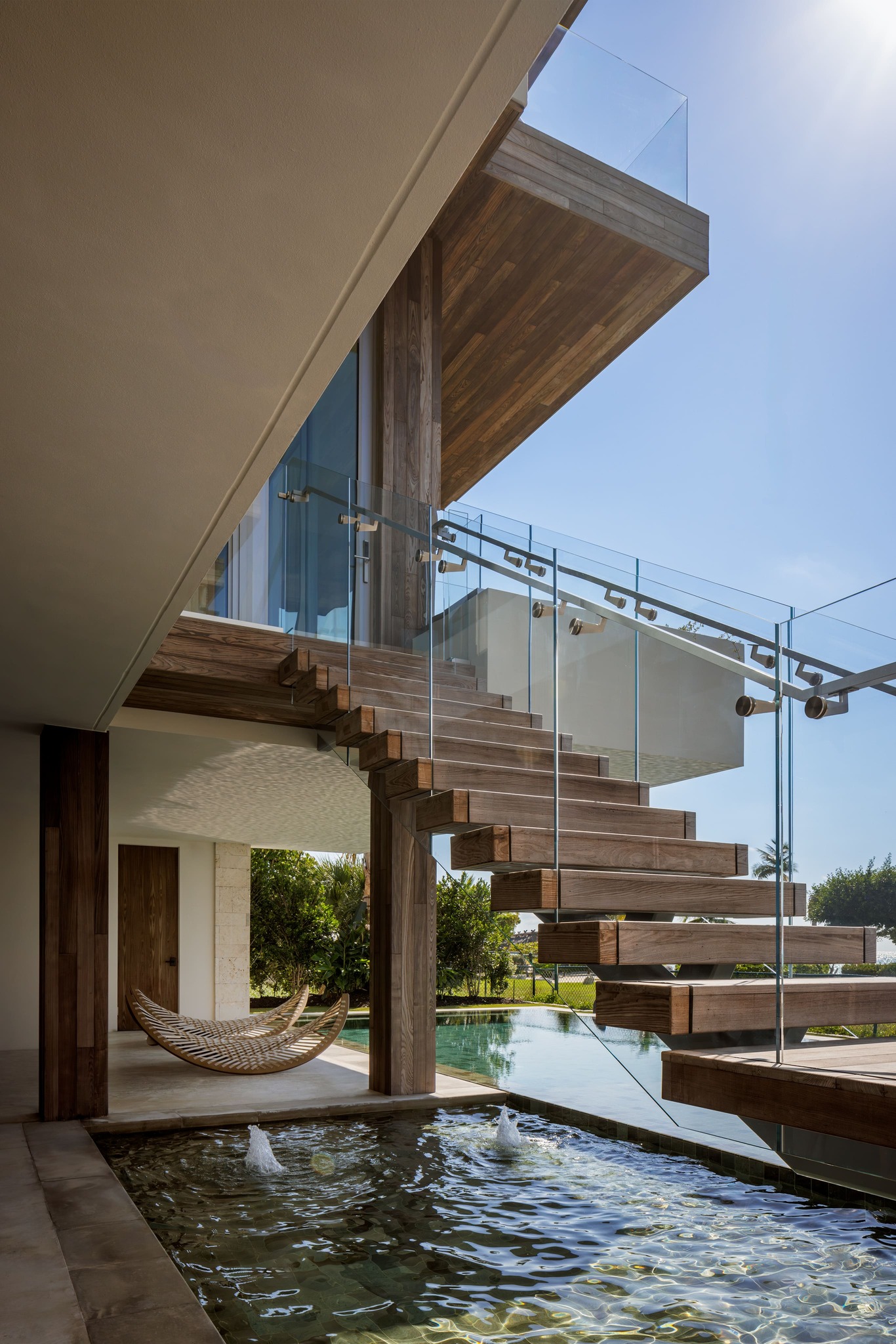
The journey through the residence is one of layered thresholds and shifting perspectives. Arrival is marked by a sweeping staircase and vestibule, where bespoke louvers manipulate the play of light and frame fleeting glimpses of sea and sky. Inside, the open floor plan does more than celebrate ocean views; it extends them, creating a continuity of space that feels inseparable from the surrounding elements. Materials intensify this effect: poured-in-place concrete grounds the interiors with cool solidity, while handcrafted tiles and marble introduce tactility and variation. Every detail, from the technology-laden entertainment rooms to carefully chosen decorative pieces, suggests a balance of craft and innovation.
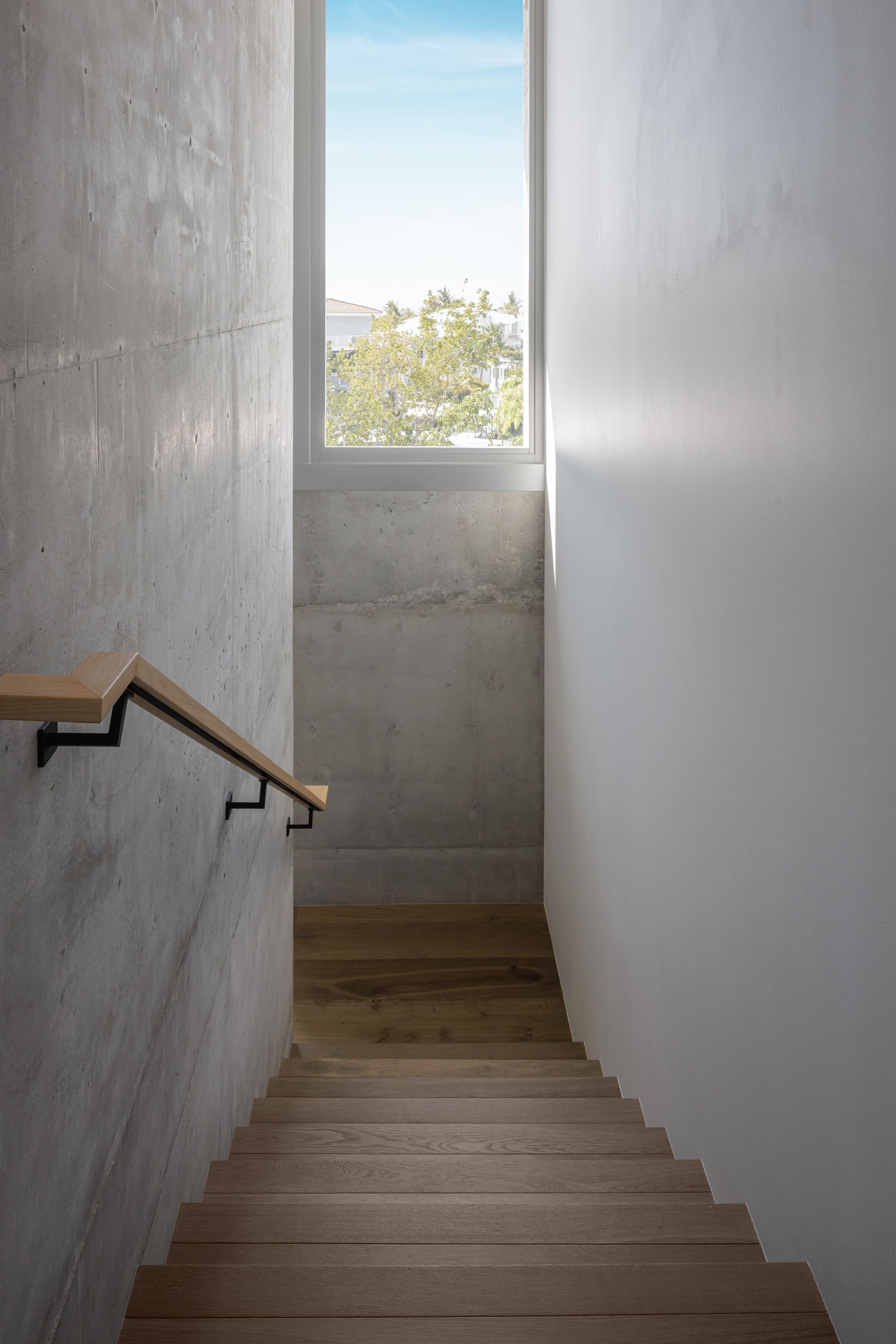
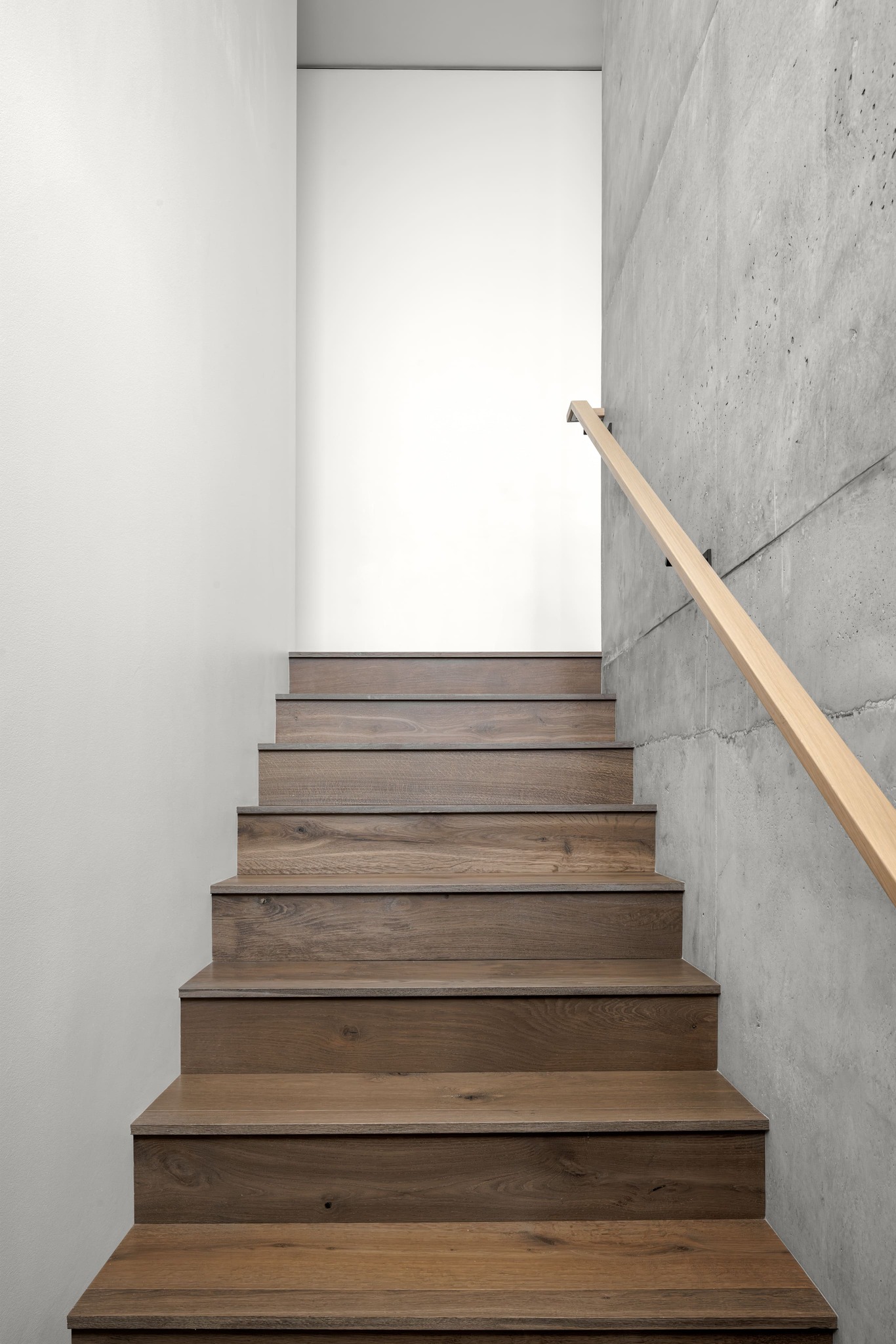
Local materials anchor the house to its place. Walls in saw-cut Florida keystone carry the texture and colour of the region, while heat-treated Thermory ash wood lends warmth to siding and the dramatic vertical louvers that animate the façade. Together with smooth concrete and white stucco, these materials compose a palette that is refined yet unmistakably coastal. Passive design strategies are woven seamlessly into this architecture. Louvres filter sunlight, broad overhangs shade bedrooms, and the double-roof system enhances ventilation, ensuring that comfort is achieved as much by design as by technology.
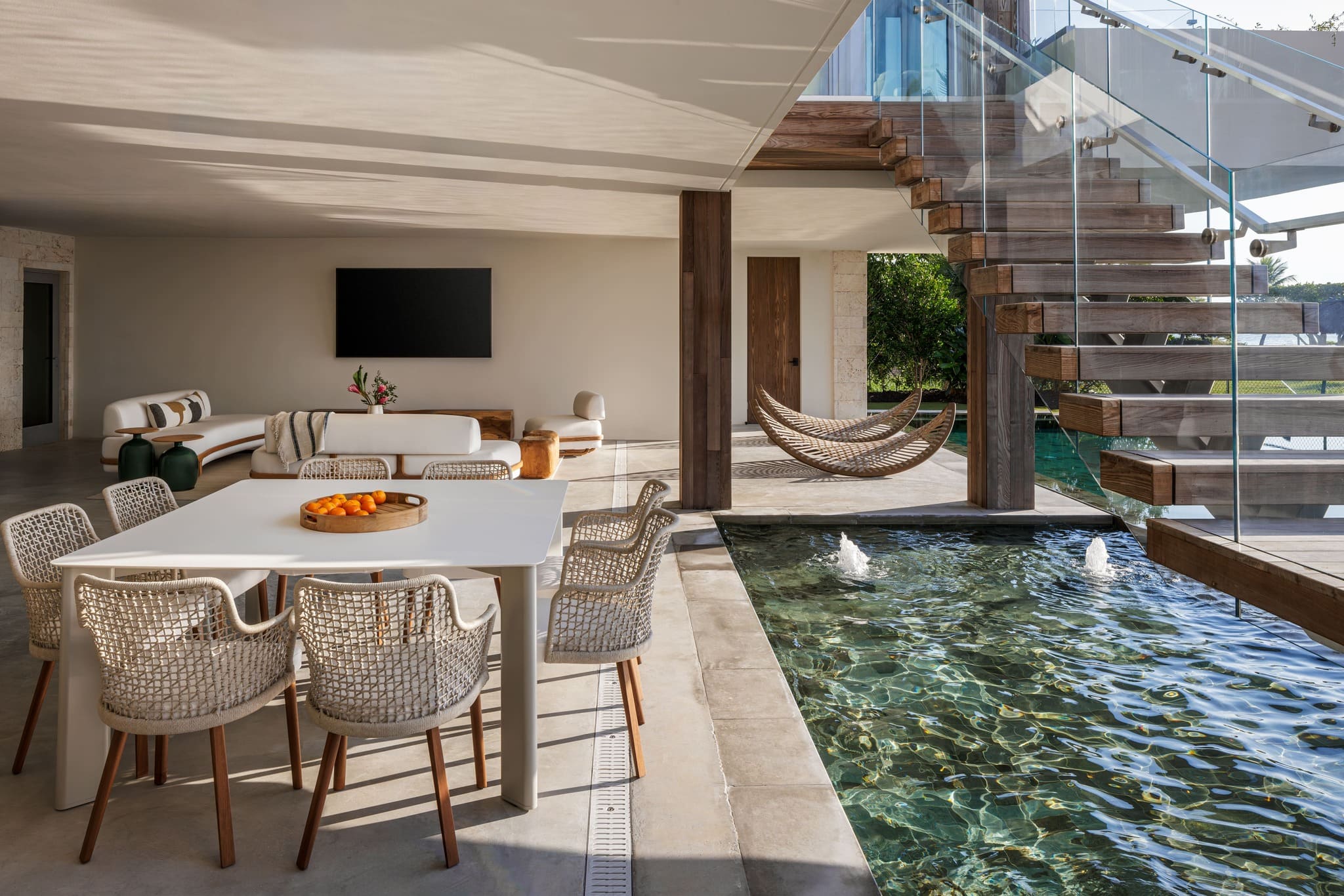
For Vanessa A. Peña, STRANG’s Senior Project Manager for Interior Design, the home is inseparable from its setting: the reflection of water, the changing quality of natural light, and the surrounding vegetation all informed the design decisions. Privacy and openness, she notes, became a delicate dance that ultimately dissolved the boundary between interior and exterior. This porous quality is not simply aesthetic; it articulates a way of living in harmony with the environment, acknowledging both its beauty and its fragility.
Costa Bravo is emblematic of STRANG’s trajectory. Since its founding in 1998 by Max Strang, the firm has pushed the agenda of Environmental Modernism from Florida to the Caribbean, the Rockies, and the Middle East. Yet projects like Costa Bravo demonstrate that the most resonant architecture often arises when a global ethos is distilled through the lens of a particular place. Here, in a community bound to the ocean, STRANG has created a house that is at once resilient, elegant, and deeply attuned to the shifting tides that define its world.